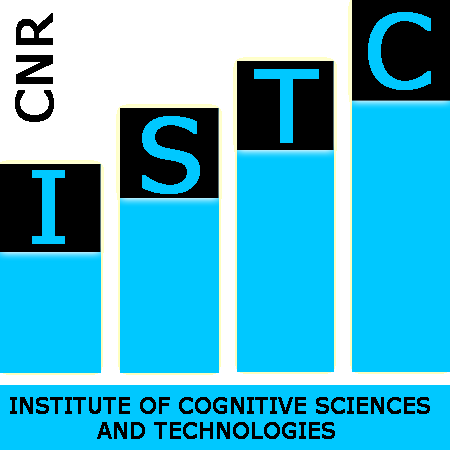Dati
Data
The resulting dataset can be queried by means of the dedicated SPARQL Endpoint (for more details please see here). Here is an
example of a SPARQL query to select all municipalities data, i.e. objects of class: <http://www.ontologydesignpatterns.org/ont/prisma/Municipalita>}:
SELECT * where {?s ?p <http://www.ontologydesignpatterns.org/ont/prisma/Municipalita>}.
To see the result click here.
Data are also accessible through content negotiation via a web browser or by making HTTP REST requests (for the synopsis see here).
For example see the content negotiation via web browser for the municipality:
http://www.ontologydesignpatterns.org/data/prisma/municipalita/trappeto-cibali.
A visualization tool that shows geo-referenced objects in a map, referred to as Semantic Geo-Visualizer, is also available to access geo-data via intuitive and user-friendly ways. Users can select a set of object classes and then a set of objects through two listboxes, and then selected objects are visualized on a Google map. Clicking on an object gives the related semantic information.
In addition we offer also Urban faults, a visualization tool that shows urban fault reporting and management data
within an Exhibit  interface, an open
source-publishing framework for data-rich interactive web pages. The data collections can be searched and browsed through advanced text search and filtering functionalities using
faceted browsing.
interface, an open
source-publishing framework for data-rich interactive web pages. The data collections can be searched and browsed through advanced text search and filtering functionalities using
faceted browsing.
For each data item we also integrate two visualization tools: LodView  and LodLive
and LodLive  .
LodView
.
LodView  offers a W3C standard compliant IRI dereferentiation, improving the end user's experience by providing HTML based representations of our RDF resources. Besides its intuitive interface, LodView adds interesting features to the content negotiation, such as the possibility to download the selected resource in different formats (xml, ntriples, turtle, ld+json).
offers a W3C standard compliant IRI dereferentiation, improving the end user's experience by providing HTML based representations of our RDF resources. Besides its intuitive interface, LodView adds interesting features to the content negotiation, such as the possibility to download the selected resource in different formats (xml, ntriples, turtle, ld+json).
The other visualization tool, LodLive  , is a navigator of RDF resources based on a graph layout. It is used for connecting RDF browser capabilities with the effectiveness of data graph representation. For instance it allows the user to expand automatically the relations of a selected resource, calculate inverse and owl:sameAs relations, store images during the navigation, and geo-localize the browsed data as points in a map.
, is a navigator of RDF resources based on a graph layout. It is used for connecting RDF browser capabilities with the effectiveness of data graph representation. For instance it allows the user to expand automatically the relations of a selected resource, calculate inverse and owl:sameAs relations, store images during the navigation, and geo-localize the browsed data as points in a map.
We integrate links to LodView and LodLive within both content negotiation and our Semantic Geo-Visualizer. For example, considering the municipality http://www.ontologydesignpatterns.org/data/prisma/municipalita/trappeto-cibali, here is its LodView visualization, and here its LodLive visualization.
The resulting knowledge base has been also linked to knowledge from DBpedia  by means of TAGME
by means of TAGME  , a popular entity linking tool freely available, introducing new relations owl:sameAs and dul:associatedWith.
For example http://www.ontologydesignpatterns.org/data/prisma/municipalita/trappeto-cibali is associated with DBpedia:Trappeto and DBpedia:Stadio_Angelo_Massimino.
, a popular entity linking tool freely available, introducing new relations owl:sameAs and dul:associatedWith.
For example http://www.ontologydesignpatterns.org/data/prisma/municipalita/trappeto-cibali is associated with DBpedia:Trappeto and DBpedia:Stadio_Angelo_Massimino.
 The data maintained by PRISMA are licensed under Creative Commons Attribution 3.0 Unported (CC BY 3.0)
The data maintained by PRISMA are licensed under Creative Commons Attribution 3.0 Unported (CC BY 3.0)



